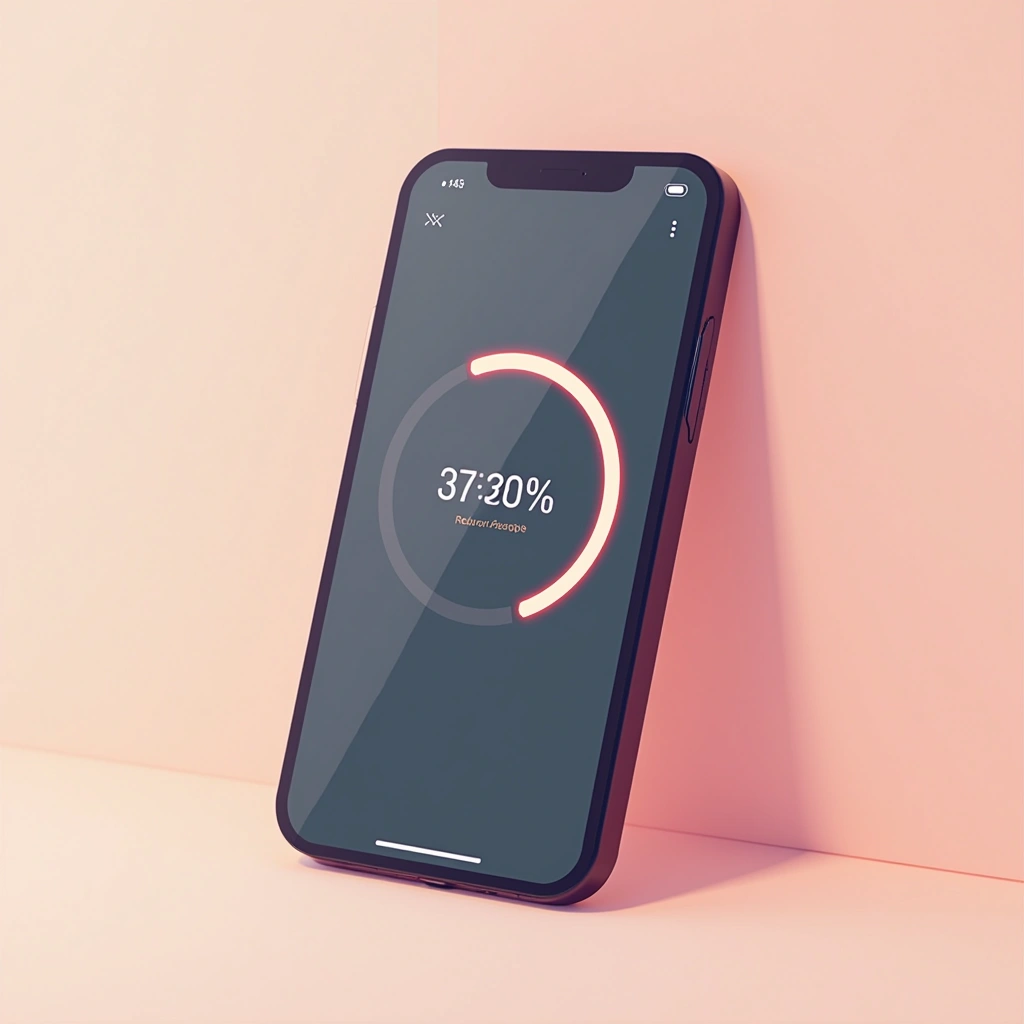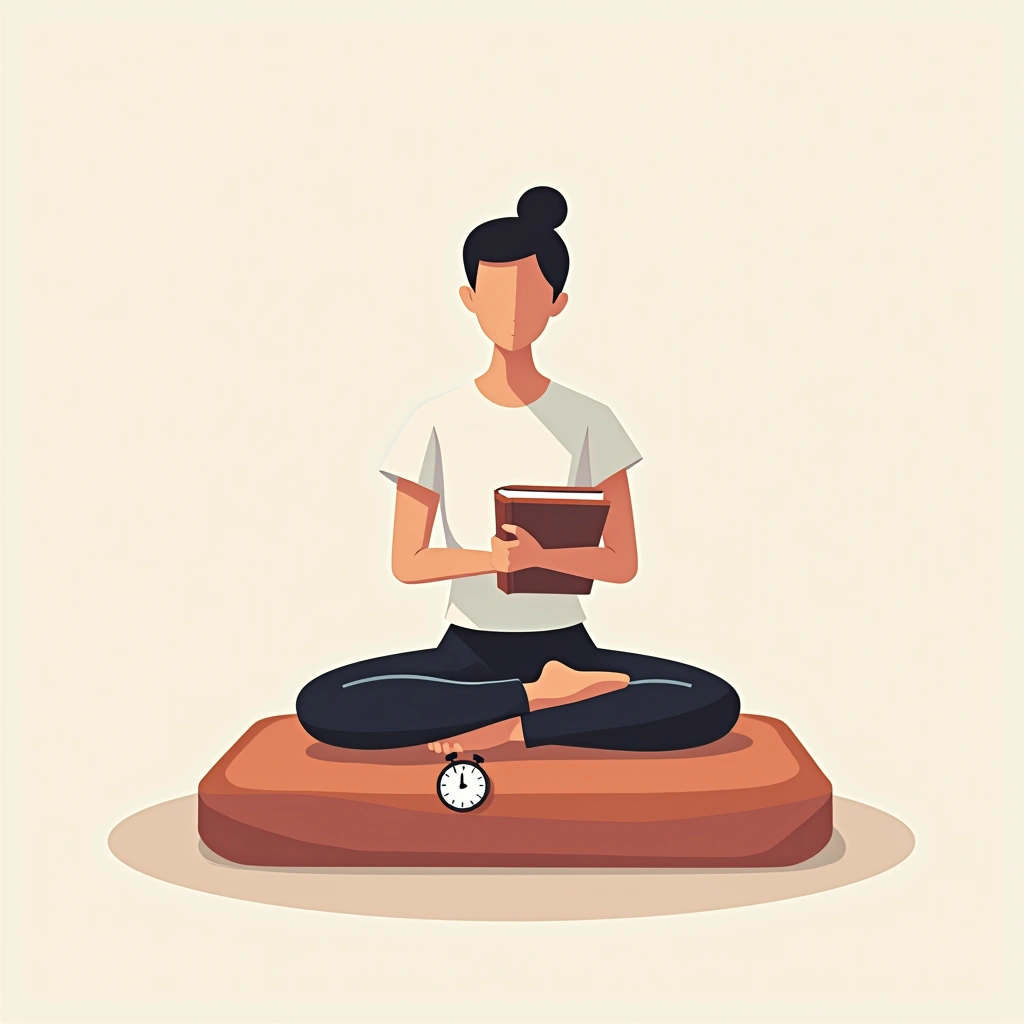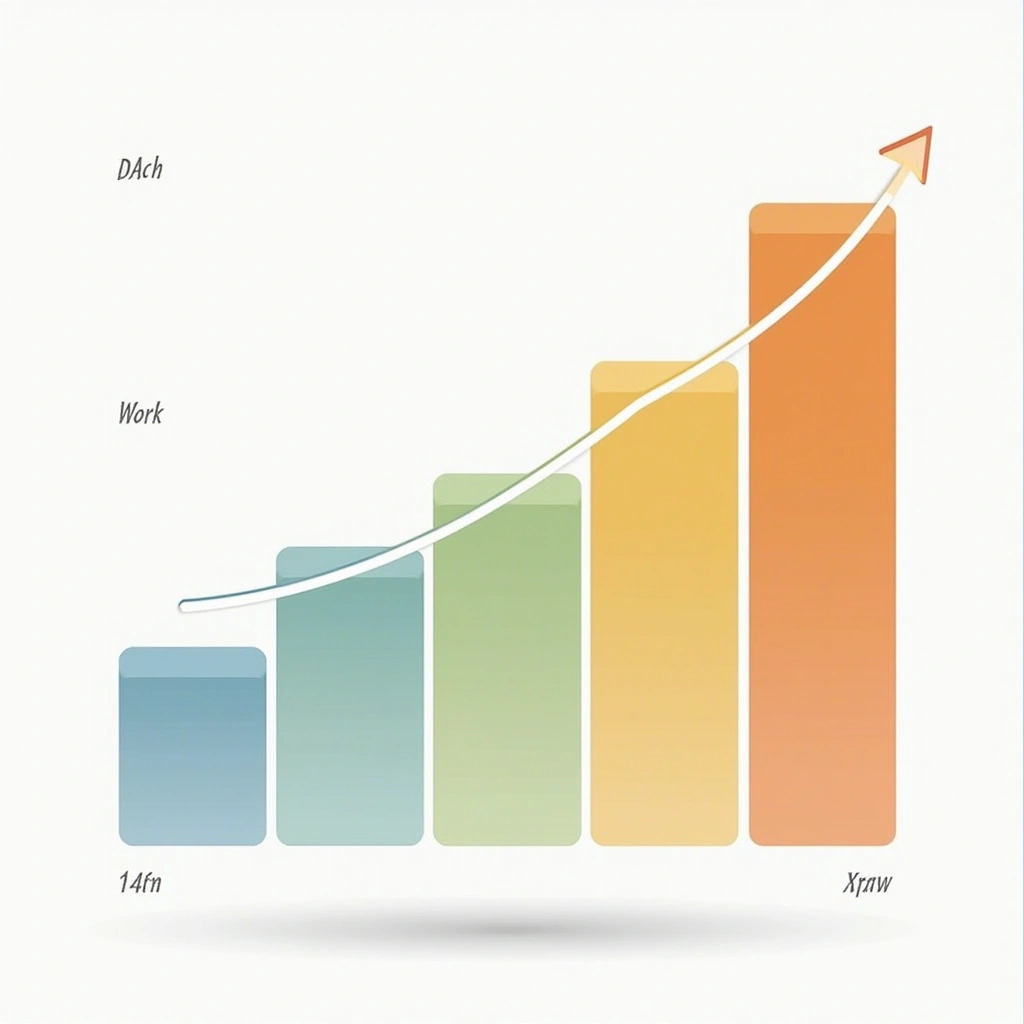
Reduce Digital Distractions
Set a goal to reduce screen time by at least 1 hour per day by removing distracting apps or limiting daily usage. This habit frees up hours that can be repurposed for other mindful activities.


Keep Distraction Journal
Document external notifications and internal emotional triggers that cause procrastination over a full day. This journal helps identify patterns and develop awareness of what pulls you away from focused work.



Practice Mindful Mornings
Create a habit of not checking your smartphone before lunch. This single practice can provide 2-3 hours of deep focus each morning, potentially doubling productivity.



Schedule Weekly Planning
Set aside 20-30 minutes each week to set clear goals and schedule important work in daily deep work sessions. This planning creates clarity about what matters most and how to accomplish it.



Create Deep Work Browser
Customize a separate web browser specifically for deep work sessions where all distracting websites are blocked. This creates a dedicated digital environment conducive to focused attention.



Develop Flow Rituals
Create a daily routine combining visualization, breathwork, and meditation that charges your body and sharpens your mind. These rituals prepare you for single-pointed focus on challenging work.



Manage Energy Cycles
Structure your day around your natural energy peaks for uninterrupted focus, followed by active recovery periods. This approach honors your body's natural rhythms rather than forcing productivity.



Use Brainwave Entrainment
Listen to specialized music in the Low Beta or High Alpha range during focused work. This audio technology helps guide your brain into optimal states for concentration and flow.



Practice Yoga Nidra
Engage in the ancient practice of 'yogic sleep,' a guided meditation that induces deep relaxation while maintaining awareness. This practice helps pay off sleep debt without post-nap drowsiness.



Explore Liminal Dreaming
Pay attention to the space between wakefulness and sleep, both when falling asleep and waking up. These liminal states offer unique access to creativity and insights from your subconscious.



Practice Lucid Dreaming
Set the intention to become aware during dreams and eventually control them. Begin by reviewing gratitude before sleep and setting a specific goal for your subconscious to work on overnight.



Take Morning Light Walks
Go for a mindful walk during the first hour after sunrise to balance your circadian rhythm. Focus on being present with each step rather than planning or problem-solving.


Track 10,000 Steps
Set a goal to walk 10,000 steps daily (about 90 minutes of walking), tracked with your smartphone. Break walks into several sessions throughout the day to interrupt sedentary periods.



Practice Forest Bathing
Set aside at least 2 hours weekly for hiking on unpaved forest trails without a specific destination or goal. The natural environment induces 'soft fascination' that naturally supports mindful awareness.



Practice Embodied Mindfulness
Bring conscious awareness to physical sensations during everyday activities like moving, eating, and intimacy. This practice integrates mindfulness into felt experience rather than keeping it as a mental exercise.



Engage in Flow Activities
Regularly participate in challenging activities like yoga, martial arts, surfing, or performing arts. These activities naturally trigger flow states through their combination of challenge and skill.



Cultivate Deep Connections
Regularly host gatherings, share meals, or meet one-on-one with people you respect. These in-person connections provide embodied communication that digital interactions cannot replicate.



Morning Meditation Sit
Begin each day with a few minutes of sitting in stillness before rushing into morning routines. Use this time to practice gratitude and set intentions for mindful presence throughout the day.



Practice Mindful Eating
Slow down during meals to fully appreciate flavors, textures, and the nourishment food provides. Avoid distractions like phones or television that pull attention away from the eating experience.



Keep a Gratitude List
Write down 3-5 things you're grateful for each day, either in the morning to start your day positively or before bed to reflect. This practice shifts focus from what's lacking to what's abundant in your life.



Practice Walking Meditation
Transform ordinary walks into meditation by focusing intensely on the physical sensations of walking. Notice the weight shifts, foot sensations, and rhythm of movement rather than reaching a destination.



Develop Mindful Driving
Transform commutes by focusing on physical sensations of driving and scanning your environment with heightened awareness. Notice the weight of the vehicle, road textures, and sensory details often overlooked.



Perform Morning Body Scan
When first waking, systematically bring awareness to each part of your body from toes to head. Notice sensations without judgment and gently move parts to connect with physical presence.



Make Bed Mindfully
Transform the routine task of making your bed into a mindful ritual by adding elements like essential oil misting. Focus completely on the sensory experience and movements rather than rushing.



Brew Mindful Morning Beverage
Make coffee or tea with complete attention to each step of the process, from grinding beans to pouring water. Engage all senses in the ritual rather than preparing drinks on autopilot.



Practice Mindful Dishwashing
Transform cleanup by hand-washing dishes with full attention to water temperature, soap texture, and the cleaning process. This converts a chore into a meditative practice accessible multiple times daily.



Take Meditative Showers
Transform daily showering by focusing intently on sensory experiences like water temperature, soap scents, and physical sensations. This practice turns a routine activity into a mindfulness anchor.



Set Candle Intentions
Begin your day by lighting a candle and setting a specific intention for how you want to show up. The flame serves as a physical reminder of your commitment to mindful presence.



Practice Hand-Foot Awareness
Regularly bring attention to sensations in your hands and feet throughout the day, especially during transitions. This anchors attention in the body and serves as a mindfulness bell.



Practice Loving-Kindness Meditation
Systematically generate feelings of goodwill toward yourself and others, from loved ones to difficult people. This meditation cultivates compassion and positive emotional states that extend beyond practice sessions.

